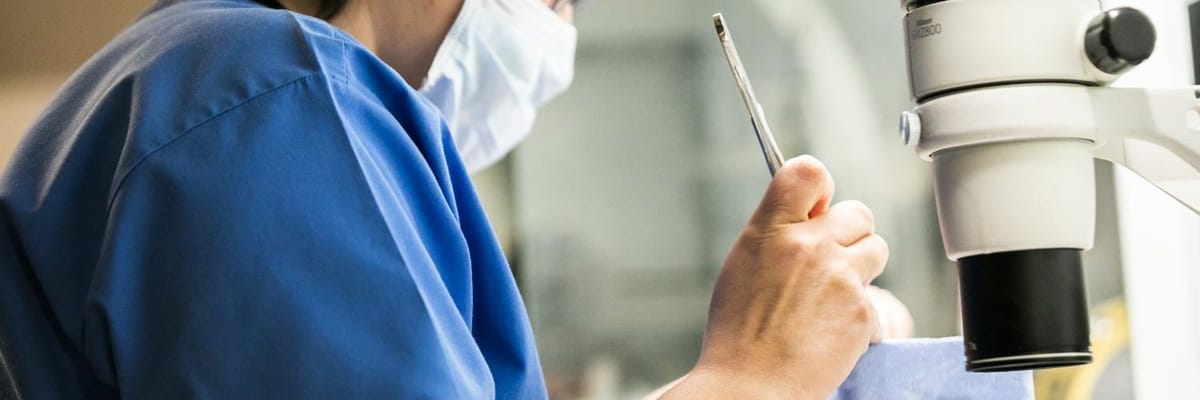
- IVI finds that the use of slush nitrogen at -210o in embryo vitrification could increase embryo survival compared to the current technique
- Non-invasive preimplantation genetic testing for aneuploidy is the starting point to continue to seek an improvement in results, and can become a useful diagnostic tool
- This important safety research is being presented at the 76th Congress of the American Society for Reproductive Medicine (ASRM), where IVI has presented a total of 74 papers
Over the last few days the 76th edition of the Congress of the American Society for Reproductive Medicine (ASRM) has been held. An important event in the sector in which IVI has presented 74 papers with significant achievements for assisted reproduction in terms of safety and success. These are two of the four main pillars on which IVI’s success is based –the safety of our patients, cutting-edge research, making time stand still and having the best success rates.
Safer Assisted Reproduction
Now more than ever, safety is a fundamental pillar for IVI. For this reason, the vast majority of research we have carried out is aimed at advances in safety and precision, with the objective of offering the greatest guarantees to the women and couples who come to our clinics to achieve what they most desire.
In this sense, some of the most important research that IVI presents at the ASRM focuses on improving the vitrification of oocytes. “One of our studies presented in this year’s edition of the ASRM Congress shows how the use of slush nitrogen at -210o for the vitrification of embryos could increase their survival rate. Our researchers have observed that cryopreservation of the blastocyst in slush nitrogen results in increased survival after thawing due to the reduction in toxicity associated with vitrification compared to conventional liquid nitrogen at -196º –currently used in gamete and embryo preservation. This is promising for improving the efficiency of the cryopreservation of embryos for later use and for optimising the results of in vitro fertilisation”, explained Dr. Antonio Requena, Medical Director of IVI.
Improvement in Preimplantation Genetic Testing
On the other hand, two major lines of research at IVI, presented in this edition of the ASRM, focus on the analysis of preimplantation genetic testing. One by means of trophoectoderm biopsy and another, with a non-invasive approach, which analyses the culture medium of the embryos.
“It is important to highlight our studies in relation to the verification of information from genome tests. Currently, preimplantation genetic testing for aneuploidy (PGT-A) is performed by analysing trophoectoderm biopsies. Here, we inform about the validation of a PGT-A platform that we have developed, providing 100% accuracy in predicting embryos that will not implant. In addition, we have analysed the reliability of a platform of non-invasive preimplantation genetic testing for aneupoidy (niPGT-A). Unfortunately, at present, niPGT-A appears to lack sufficient precision to be accepted as a useful diagnostic tool. Our challenge? To continue to work on refining the results of this type of technique”, said Dr. Requena.
IVI’s Commitment
At IVI we will continue to carry out and lead research to achieve the latest advances and improve the techniques used in reproductive medicine, shaping the future of this speciality that helps to make so many dreams come true. “Every year we share our most outstanding findings at the ASRM Congress. We achieve these results through our commitment to scientific research. We are aware that these studies will define the lines to follow in order to increase the success rates of the treatments at each stage, always prioritising the safety of our patients. We aim not only to give them a reason to hope, but also the confidence that they will achieve their dream of becoming parents”, concluded Dr. Antonio Requena.





Comments are closed here.